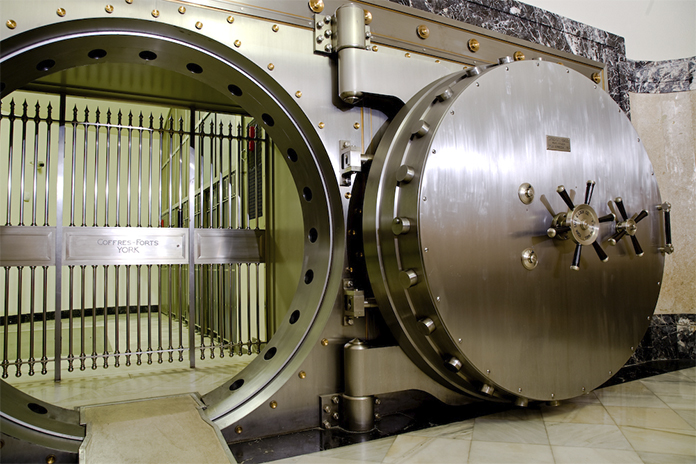The primary objective of the Eurosystem is to maintain price stability.
To achieve this objective, the European Central Bank (ECB) manages monetary policy, through which it aims to influence the cost and availability of money in the economy.
This section includes information on how monetary policy works in the economy, which instruments and procedures are used to achieve its goals, who the counterparties are and the role played by collateral in central bank operations.





